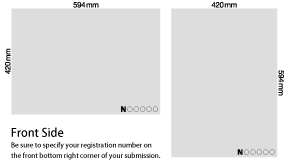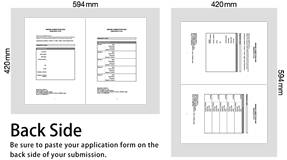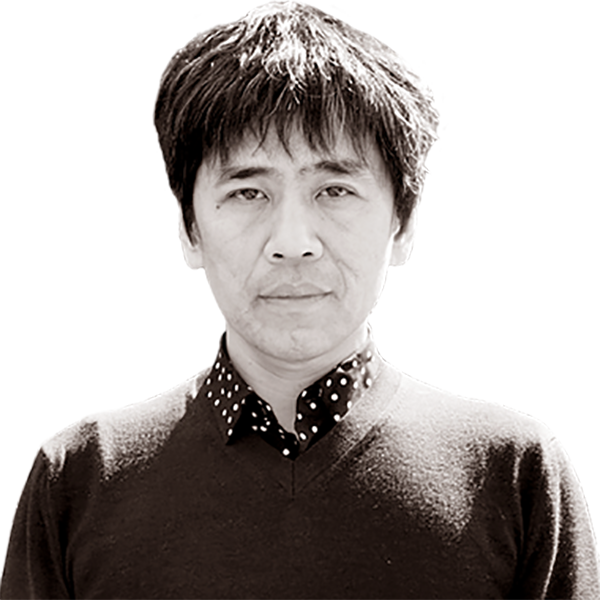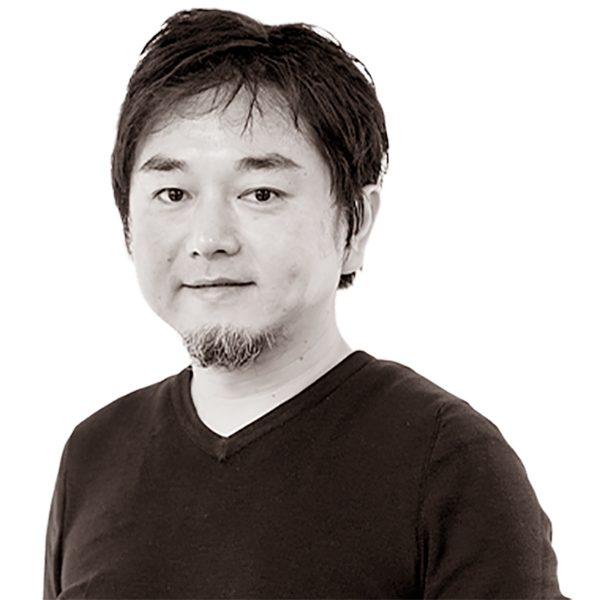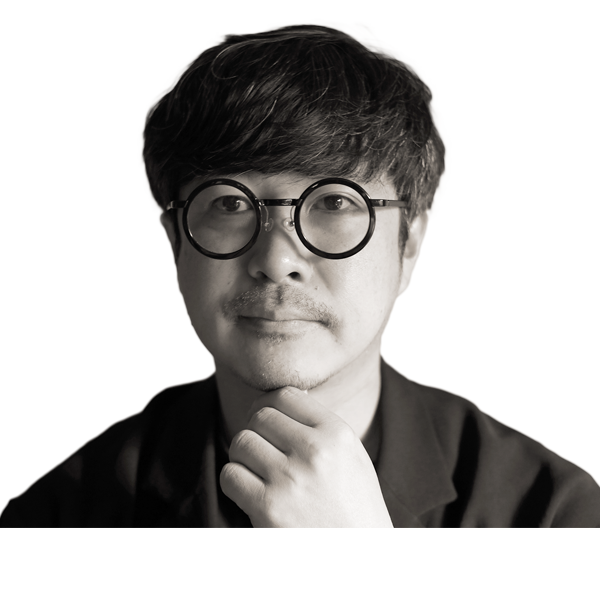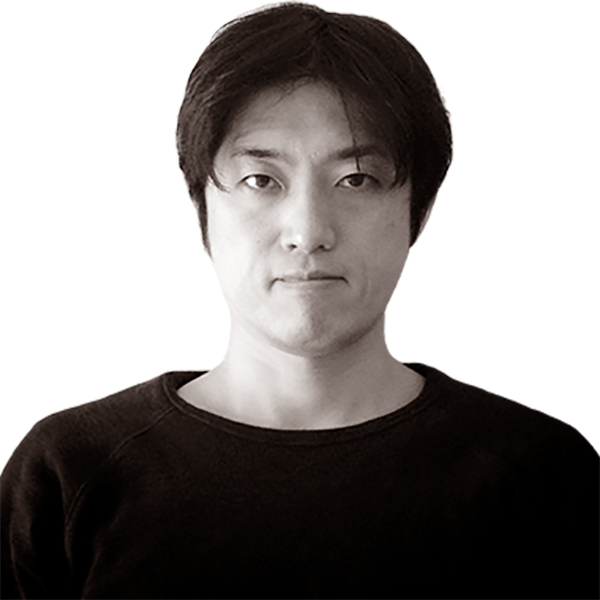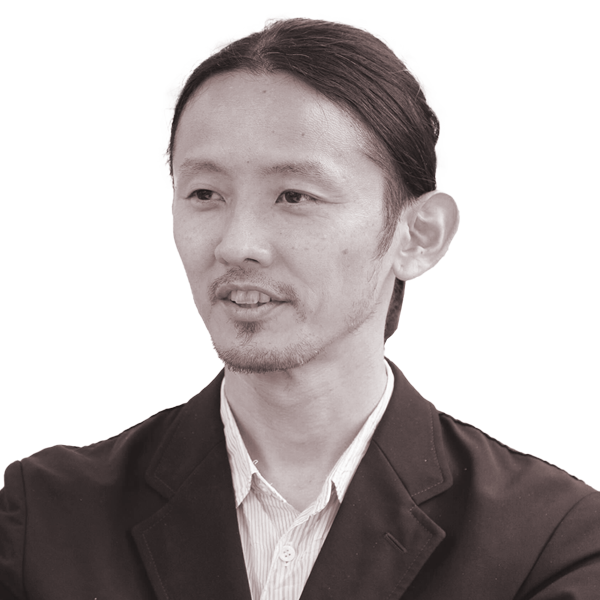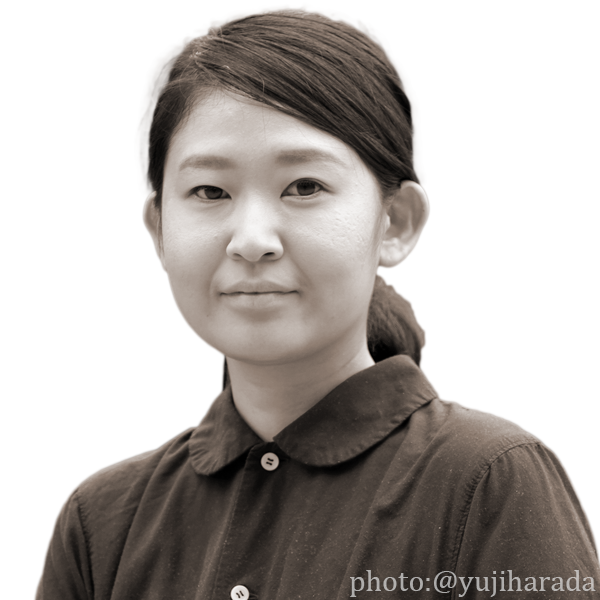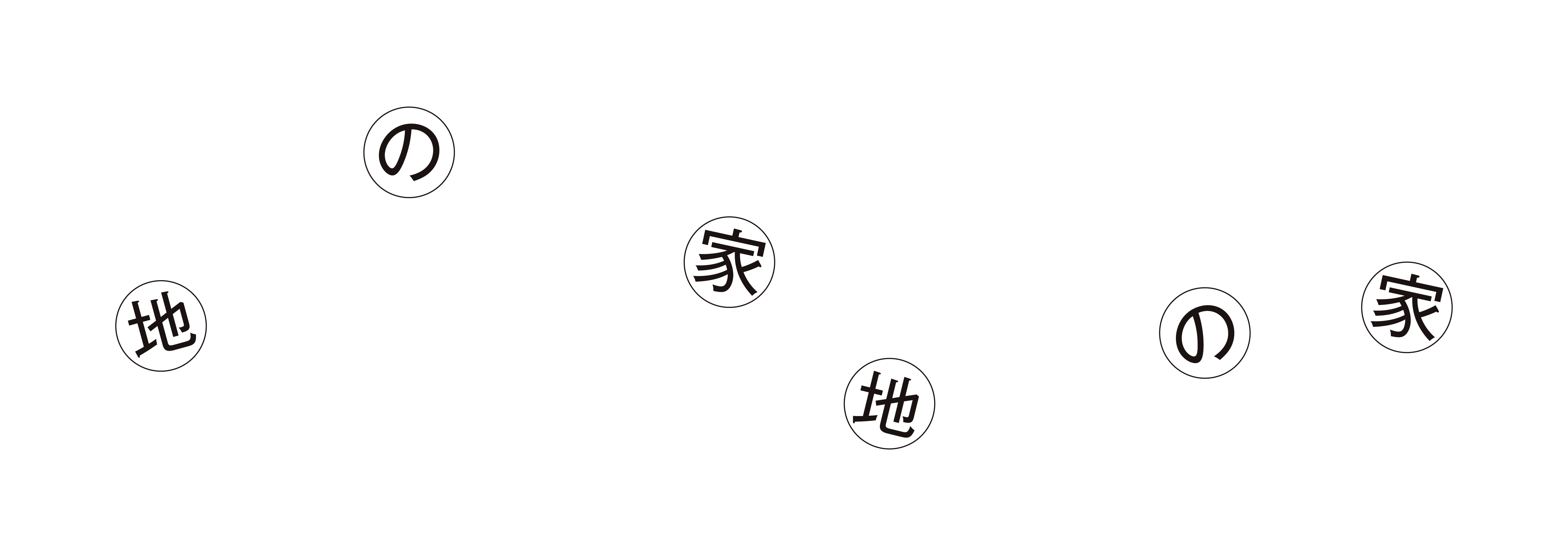


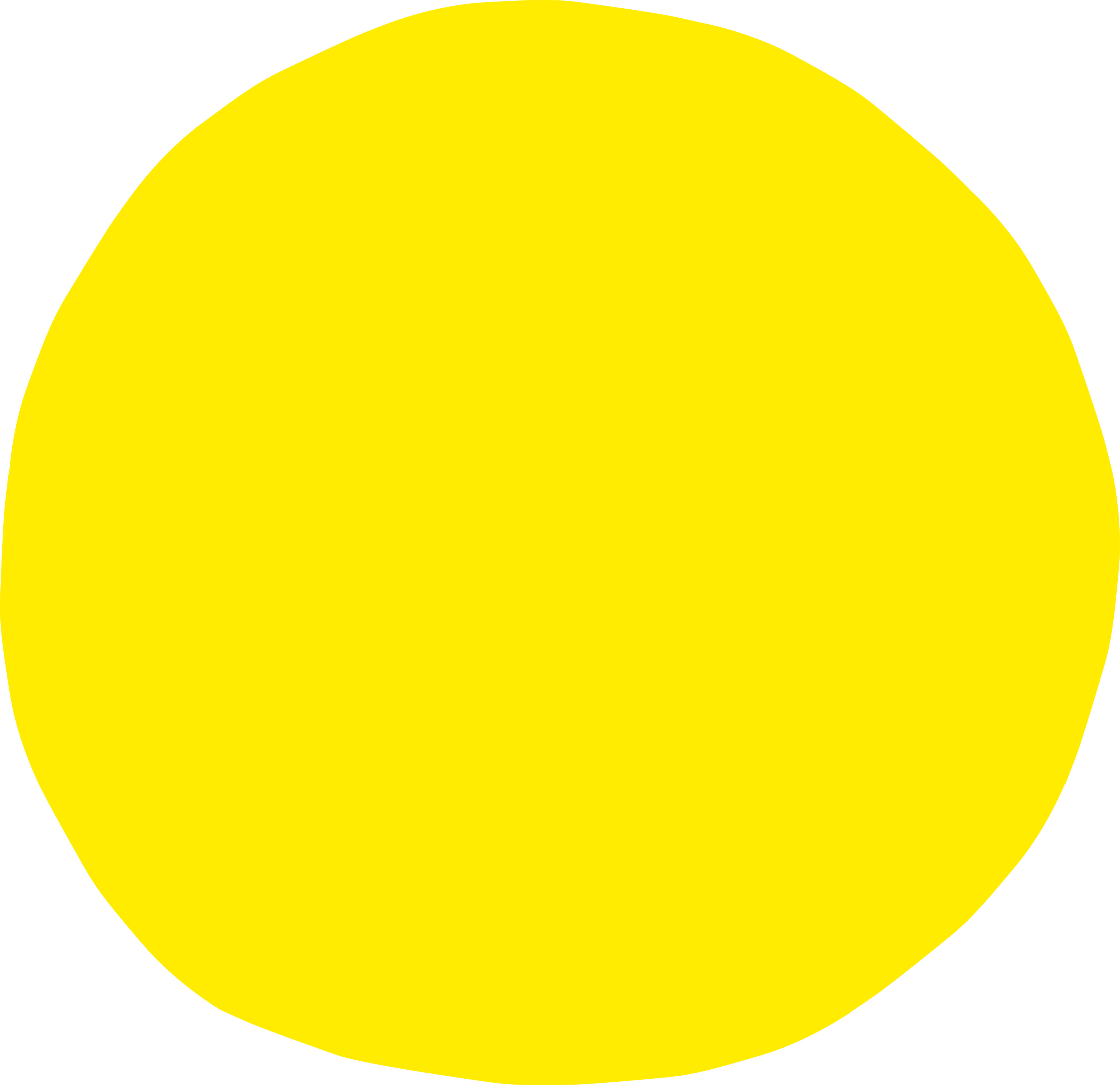
Theme
Earth House
Theme of this year is “Earth House.” The vastness of the earth and harmony with nature are perspectives that are especially important in today's world, which are shaped by various forms of division. However, the information society and the recent pandemic seem to have reduced the opportunities to be aware of living the grand scale of earth and nature. For example, Frank Lloyd Wright traveled the two studios built on different lands from east Taliesin to the west and created the Prairie Houses with a strong connection to the earth. So, what kind of house could be conceived in the present day? Also, thinking about “Earth” can involve considering civil engineering and infrastructure. Traditionally, to live together it has been necessary to build and maintain infrastructure such as roads, sewage systems, and water supply. However, considering the aging infrastructure and frequent natural disasters in the recent years, perhaps houses that do not rely on infrastructure, such as Ger of Mongolia might be worth considering.
In the West, “Earth” is positioned as one of the four elements that constitute all things, and in China and Japan, the word “Tenchi” refers to the universe, and with its fundamental meaning it refers to the “Element” state of the earth, as in earth power or surface of earth.
Through the theme "Earth House” the invitation is to return to the origins that supports our life and to envision the possibilities of the new kind of house. Submissions are awaited.
Ryue Nishizawa
Our living environment is becoming increasingly artificial and controlled. Therefor the theme this year is "Earth House". Various conceptions are possible—whether a house of soil, a house that feels the Earth, or a house that moves across the land. Expectations for submissions that capture the magnificence of living in harmony with Earth.
Akihisa Hirata
Most life forms, including us humans, exist in an extremely limited area that expands thinly near the Earth's surface. While this may seem like an extremely limited space, it looks like it holds infinite possibilities. The sheer diversity of life thriving within this thin layer is nothing short of astonishing.
Yasutaka Yoshimura
There is a Japanese manga called Orb: On the Movements of the Earth. It tells the story of people who risked their lives to study heliocentric theory, and it was also adapted into an anime. Although it is a work of fiction, its portrayal is strikingly intense.
"Earth House" should not simply depict a house built on a stationary landmass. Rather, it should aim to evoke even a small awareness of the fact that this very landmass itself is moving at an astonishing speed—around 1,400 km/h due to Japan’s rotation and 110,000 km/h due to its orbital motion.
Tatsuya Hatori
When infrastructure collapses or war exposes the cross-sections of roads and cities, intricate systems and layers of history beneath our feet become evident, revealing how they support daily life and culture. The earth is not merely a pastoral mass of soil. Considering the future of "earth" prompts reflection on how the land itself, ways of living, and homes should be shaped. Unique interpretations, shaped by individual perspectives, are anticipated with great interest.
Ryuji Fujimura
This design competition, also known as the "Mizu Compe," often features themes related to water. The level of abstraction varies, with some themes being more specific, such as "Rain," and others more abstract, such as "Roofs." In that sense, "Earth House" is an unusual theme, but it presents an opportunity to explore different perspectives, such as water in the ground, rain, or roofs. Expecting to see innovative and imaginative proposals.
Yukihiro Sohdai
As “Earth” was considered crucial in the Greek philosophical theory of the four elements and in the ancient Chinese theory of yin-yang and the five elements, humans have been exploring ways to harmonize with the natural environment. Anticipation grows for the ideas that will emerge from the “Earth House” and for the discussions that will unfold.
Prizes
Prizes
- 1st PRIZE
- [one]
- 1,000,000yen
- 2nd PRIZE
- [one]
- 500,000yen
- 3rd PRIZE
- [one]
- 300,000yen
- Merit PRIZE
- [eight]
- 100,000yen each
All above prize money includes income tax
- The results will be informed to the winners and will be announced in the January 2026 issue of SHINKENCHIKU.
-
Exhibition at the AIJ Architecture Gallery in Tokyo Japan:
February 9th ~ February 12th, 2026
Schedule
Schedule
| Registration Start | |||
| Beginning of Submission Entry | |||
| Registration End | |||
| End of Submission Submissions must arrive in the competition office by the time stated |
|||
| Winners will be informed of the results | |||
| Nov 19 2025 | Award ceremony | ||
| Jan 2026 | Public announcement will be made in the 2026 January issue of SHINKENCHIKU | ||
Requirements
Requirements
Expand All
Registration
A registration number and applicaion form will be issued by email after the registration is properly completed.
One registration number is only valid for one submission.
For multiple submissions, register multiple times to receive individual registration number for each submission.
The Competition office cannot make any changes on the application form for the participants, if any changes or mistakes in registration occur, re-registration is required.
Materials
Use one sheet of thick drawing paper (like Kent paper) of A2-Size (420mm x 594mm).
Thin paper such as imitation vellum-paper should not be used since easy to break when opening the envelope.
Paper mounted onto a panel or frame will not be accepted.
Drawings
All works should represent the theme just by drawings or pictures.
Explanation in words should be kept to a minimum.
Drawings can be block plan, floor plan, elevation view, cross-section view, perspective view, model photo, etc.
You may use blue print, pencil, ink, color, photos, print etc. at your discretion.
Registration number & Application form
How to submit?
Send your submission to the address below.
Nisshin Kogyo Co., Ltd.
Attn. : Design Competition Office
2F, 2-23-4 Senju-Azuma, Adachi-ku, Tokyo, 120-0025, Japan
Phone : +81-3-3882-2613
Submissions will be accepted only through mail delivery. UPS, EMS, DHL or any other overseas mailing service will be accepted. Any type of data submissions will not be accepted.
Submissions can be packed in any form, though preferred to be sent flat to avoid rolling or damage.
All costs for submission such as shipping, delivery, tax, insurance etc. will be borne by the entrant.
If any charges or payment occurs when arriving at the competition office, the submission will be returned to the sender or to be held at the shipping company by sender’s expense.
Competition office will not be responsible for any lost submission while shipping. Confirmation for submission arrival will not be answered by the competition office.
Additional information
- The sponsors will not answer any questions about the theme.
- All entries should not have been published or shown to public before in whole or in part including social media.
- Entries should not be submitted simultaneously to any other competitions. Entries submitted to other competitions will be disqualified.
- Competition entries must not infringe the copyright of any other works either in whole or in part. For example do not use images from magazines, books or websites.
- If suspicion of infringement is found, the winning prize will be revoked by the sponsors.
- If infringement or any other problem is found after announcement of the winning prizes, all the relevant responsibilities must be assumed by the entrants.
- Change of application contents by the entrant after winning announcement will not be accepted.
- Do not publish your submission in any form in whole or in part including social media until after the winners are announced on the competition web site.
- The winners must not publish the winning works in anyway including social media until public announcement is made in the SHINKENCHIKU magazine.
- Copyrights on the entries will remain to the property of the entrants, but the sponsors will reserve the right to publish the winning entries in magazines and other media.
- Competition entries will not be returned. Travel expenses for attending the award ceremony is borne by the entrant. Any other questions not listed in this competition page will be answered by e-mail only.
Judges
Judges
